Beating the Market, 3 Months at a Time: A Proven Investing Plan Everyone Can Use
$11.18
| Author(s) | |
|---|---|
| Pages |
236 |
| Format |
|
| Publication Year |
2008 |
In Beating the Market, 3 Months at a Time, you will learn techniques by which you can increase the safety of your stock and bond investment instruments and how to manage your investment portfolio to improve your rates of return while reducing risk.
Introduction:
You will learn how to identify those market sectors that are leading and likely to continue to lead in strength. You will learn when and why to buy short-term bonds and when and why to switch to the longer-term side of the bond market. You will learn how and when to invest in emerging markets, such as Brazil and India, and when to concentrate in longer-established stock markets, such as Europe and the United States. You will learn when to buy large and well-established companies in basic industries and when to buy into newly emerging corporations.
You will learn a number of specific strategies that you can put to work immediately to grow your assets over the years, strategies that will provide for you specific times to enter and specific times to exit investment positions. Finally, you explore some unpleasant facts of economic life for motivational purposes, move from there into setting accumulation targets hopefully realistic goals that are compatible with your personal economic situation.
The strategies that you will learn have been well researched, and though they require little time to apply (often no more than one hour every three months), they are likely to increase your investment returns significantly while reducing risks associated with buying, hoping, and holding.
Contents:
- Putting Together a Winning Investment Portfolio
- Advanced Diversification and Risk Management
- Prelude to Long-Term Wealth— Introduction to the Stock Market
- Nothing Succeeds Like Success
- Worldwide Opportunity
- Bonds—An Investment for All Seasons
- Special Bond Market Investment Opportunities
- Treasure in the Junkyard—How to Tame High Yield Bonds
- The Definitive Portfolio—The Whole Is Greater Than the Sum of Its Parts
- Don’t Let Them Blow You Off the Planet!
- Maybe the Politicians Can’t Do It, but You Can—Planning and Carrying Through a Long-Term Financial Program
Beating the Market, 3 Months at a Time: A Proven Investing Plan Everyone Can Use By Gerald Appel pdf
10 reviews for Beating the Market, 3 Months at a Time: A Proven Investing Plan Everyone Can Use
Clear filtersOnly logged in customers who have purchased this product may leave a review.

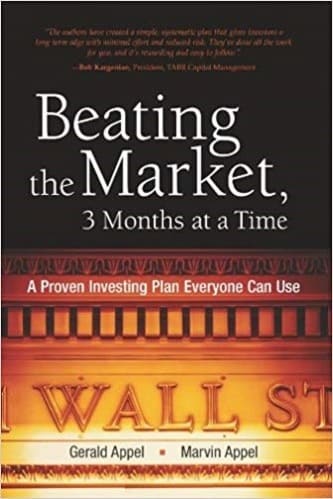
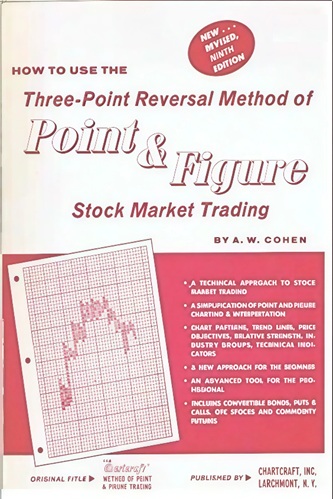

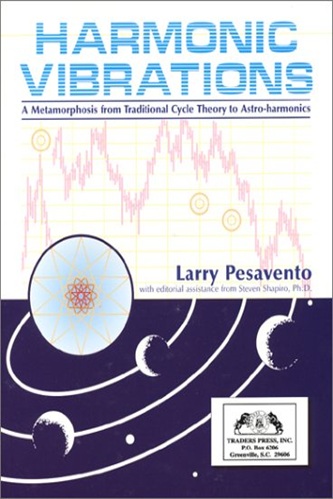
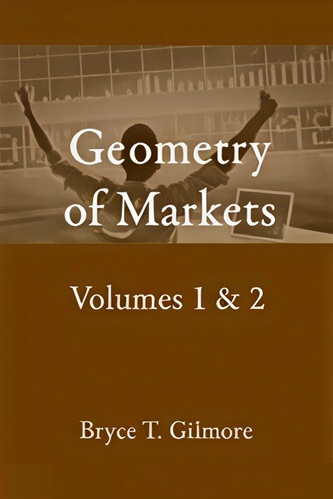
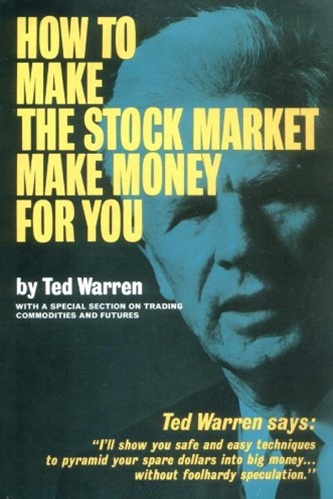
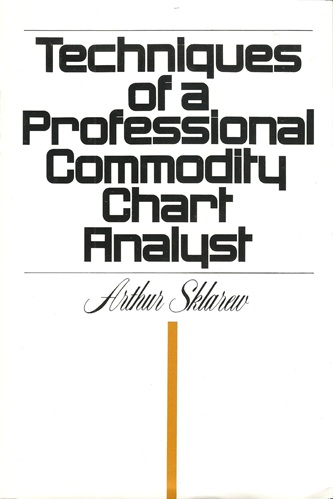
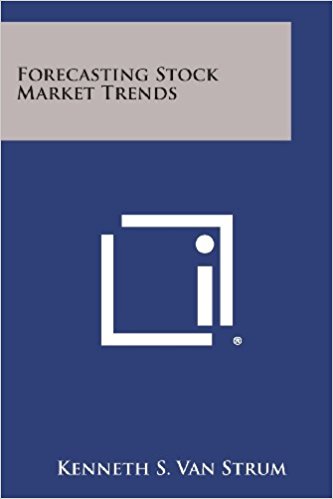
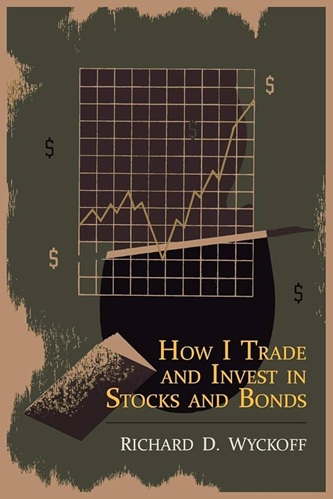
Terry Walls (verified owner) –
Great book
Ryker O’Donnell (verified owner) –
Cramer may be more entertaining, but Dr. Appel’s book is a must read for any investor, whether novice or expert! I highly recommend this book for prudent, responsible investing advice!
Elijah Bennett (verified owner) –
This book suffers from two problems. First, it seems like a slimmed-down version of author Gerald Appel’s “Opportunity Investing,” which also discussed the use of a momentum-rotation strategy to improve absolute returns and reduce portfolio drawdown. The big difference here is that the Appels emphasize the use of ETFs for implementing their strategy.
Second, there is a lot of basic material whose purpose is to persuade the reader that they need to invest in equity markets. You see this too often in books on investing, where the authors assume that the reader need first be persuaded to invest and then to invest according to the author’s strategy. I would wager that most people who pick up books on investing need no such convincing: it’s preaching to the choir.
That said, the momentum-rotation strategy is an interesting concept, elegant and, in its ETF incarnation, easy to use. It is worth bearing in mind, though, that trading in and out of ETFs as might be necessary under this strategy would incur a significant tax and cost liability that the strategy would have to hurdle if it was to outperform as simple buy-and-hold plan. Alas, transaction costs and taxes do not factor into the Appels’ analysis.
Annalise Cano (verified owner) –
I got a couple of useful ideas from this book, but overall I was disappointed. The most useful ideas are (1) market sectors that outperform over one three-month period are more likely to outperform over the next three-month period, and (2) how to use ETFs to implement a timing-rotation strategy based on the first idea. The disappointments: (1) This is a thin book: 230 pages. Take away the notes and index and it’s 196 pages. (2) There seemed to be some internal conflict in just how to use allocations to create proper portfolios. After a while, I was not sure just what was being recommended. If I got it right, four different investment strategies ended up being recommended, and then blends of those were discussed. I got confused. Partly this may be the result of the book having two authors, and they apparently wrote different chapters independently. I’m not sure everything got reconciled. (3) The end of the book wandered into retirement topics, healthcare costs, social security…in other words, non-investing topics. This was unnecessary, annoying, and one wonders whether it was done because they needed more pages.
Arianna Simon (verified owner) –
This book describes how to set up your portfolio and how to diversify it. I also gives you specific suggestions of ETFs and how to pick the best ones. It also tells you how to rate them every 3 months and move into the better ones. The last section in chapter 9 gives you specific suggestions.
Dawson Hale (verified owner) –
A word before I start: I’m averaging two book review requests a month at present. I tell the PR people that I don’t guarantee a review (though I have reviewed them all so far), or even a favorable review. They send the books anyway.
Included in every book is a 2-6 page summary of what a reviewer would want to know, so he can easily write a review. Catchy bits, crunchy quotes, outlines…
I don’t read those. I read or skim the book. If I skim the book, I note that in my review. Typically, I only skim a book when it is a topic that I know cold. Otherwise I read, and give you my unvarnished opinion. I’m not in the book selling business… I’m here to help investors.
If I can keep you from buying a bad book, then I’ve done something useful for you. I have more than enough good books for readers to buy. Plus, I review older books that no one will push. I hope eventually to get all of my favorites written up for readers.
Enough about my review process; on with the review:
When the PR guy sent me the title of the book, I thought, “Oh, no. Another investing formula book. I probably won’t like it.” Well, I liked it, but with some reservations.
The authors are a father and son — Gerard Appel and Marvin Appel, Ph. D. They manage over $300 million of assets together. The father has written a bunch of books on technical analysis, and the son has written a book on ETFs.
Well, it is an investing formula book… it has a simple method for raising returns and reducing risks that has worked in the past. The ideas are simple enough that an investor could apply them in one hour or so every three months. I won’t give you the whole formula, because it wouldn’t be fair to the authors. The ideas, if spun down to their core, would fill up one long blog post of mine. But you would lose a lot of the explanations and graphs which are helpful to less experienced readers. The book is well-written, and I found it a breezy read at ~200 pages.
I will summarize the approach, though. They use a positive momentum strategy on three asset classes — domestic equities, international equities, and high yield bonds, and a buy-and-hold strategy on investment grade bonds. They apply these strategies to open- and closed-end mutual funds and ETFs. They then give you a weighting for the four asset classes to create a balanced portfolio that is close to what I would consider a reasonable allocation for a middle aged person.
Their backtests show that their balanced portfolio earned more than the S&P 500 from 1979-2007, with less risk, measured by maximum drawdown. Okay, so the formula works in reverse. What do we have to commend/discredit the formula from what I know tend to happen when formulas get applied to real markets?
Commend
* Momentum effects do tend to persist across equity styles.
* Momentum effects do tend to persist across international regional equity returns.
* Momentum effects do tend to persist on high yield returns in the short run.
* The investment grade buy-and-hold bond strategy is a reasonable one, if a bit quirky.
* Keeps investment expenses low.
* Gives you some more advanced strategies as well as simple ones.
* The last two chapters are there to motivate you to save, because they suggest the US Government won’t have the money they promised to pay you when you are old. (At least not in terms of current purchasing power…)
Discredit
* The time period of the backtest was unique 3/31/1979-3/31/2007. There are unique factors to that era: The beginning of that period had high interest rates, and low equity valuations. Interest rates fell over the period, and equity valuations rose. International investing was particularly profitable over the same period… no telling whether that will persist into the future.
* I could not tie back the numbers from their domestic equity and international equity strategies in the asset allocation portfolio to their individual component strategies.
* I suspect that might be because though the indexes existed over their test period, tradeable index funds may not have existed, so in the individual strategy components they might be done over shorter time horizons, and then used indexes for the backtest. This is just a hypothesis of mine, and it doesn’t destroy their overall thesis — just the degree that it outperforms in the past.
* They occasionally recommend fund managers, most of whom I think are good, but funds change over time, so I would be careful about being married to a fund just because it did well in the past.
* If style factors or international regional return factors get choppy, this would underperform. I don’t think that is likely, investors chase past performance, so momentum works in the short run.
* Though you only act four times a year, that’s enough to generate a lot of taxable events if you are not doing this in a tax-sheltered account.
* It looks like they reorganized the book at the end, because the one footnote for Chapter 9 references Chapter 10, when it really means chapter 8.
The Verdict
I think their strategy works, given what I know about momentum strategies. I don’t think it will work as relatively well in the future as in the past for 3 reasons:
* There is more momentum money in the market now than in the past… momentum strategies should still work but not to the same degree.
* International investing is more common than in the past… the payoff from it should be less. There aren’t that many more areas of the world to go capitalist remaining, and who knows? We could hit a new era of socialism abroad, or even in the US.
* Interest rates are low today, and equity valuations are not low.
Who might this book be good for? Someone who only invests in mutual funds, and wants to try to get a little more juice out of them. The rules on managing the portfolio are simple enough that they could be done in an hour or two once every three months. Just do it in a tax-sheltered account, and be aware that if too many people adopt momentum strategies (not likely), this could underperform.
Zayne Bauer (verified owner) –
This book contains valuable market timing strategies that anyone willing to spend the time and energy can implement. I like the presentation of the more active and less active (mutual fund) approach, and the fact that either strategy can be implemented without a great deal of time. How many times has an investor, myself included, made decisions based upon yesterday’s winners, only to get in near the top of the market before a fall? I think this book offers practical strategies to make decisions based on valid indicators.
Josephine Vargas (verified owner) –
The authors have put together a fine basic plan to do precisely what the book title indicates. Most of the strategies,tips, ideas are things most investors should already be aware of. This tutorial very well reinforces the basics. It points out how the sellers of many mutual funds can be highly motivated by commissions. It is suggested that investors seriously consider etf’s. In my view, most investors would benefit from this quick read.
Brinley Brown (verified owner) –
Gerald Appel is a pioneer of chart based market timing. He also has a commendable track record. He has been ranked very highly for long term performance multiple times by the Hulbert market advisory rating service.
Mr. Appel, and his talented son Marvin, could have written a complex tome for market heads. This book, though, seems aimed at the vast majority of investors who do not want to take up economics, markets, and finance as an avocation. It aims to improve safety, and possibly returns, for retirement savers while keeping it as simple as possible. I think it succeeds in this mission.
The Appels’ method of making minor quarterly adjustments within a portfolio of low cost exchange traded funds using tested techniques of market timing, asset allocation, and diversification does seem to add value for those willing to spend half an hour to an hour every three months. I imagine buy-and-hold investors spend more time than that worrying when markets go down sharply.
It’s worth remembering that improving performance by, on average, a few percentage points a year, means you will retire with strikingly more money. Doing it by reducing losses along the way also makes it easier to stick to your plan, and it makes life more enjoyable!
I would have liked to have seen an appendix documenting the back tests in detail.
Most of the portfolio he recommends is constantly exposed to stock market risk (and, to be fair, stock market returns). He times domestic equities by switching between broad market sectors. I would have enjoyed a discussion of overlaying this approach with a simple market timing filter that gets one out altogether when risk is high.
Highly recommended, especially for non-market junkies who want to look out less for the interests of their mutual fund companies and more for their own.
Haley Dunn (verified owner) –
Most of this book I thought was very basic & a review of what I’ve read in many other places. What set this book apart was thier idea of momenum play with broad stock market ETF’s. They spell out thier idea in easy to understand language. I am in the process of evaluating the tax consequences of trying this but it seems more efficient & easier than most other investment methods I’ve tried.